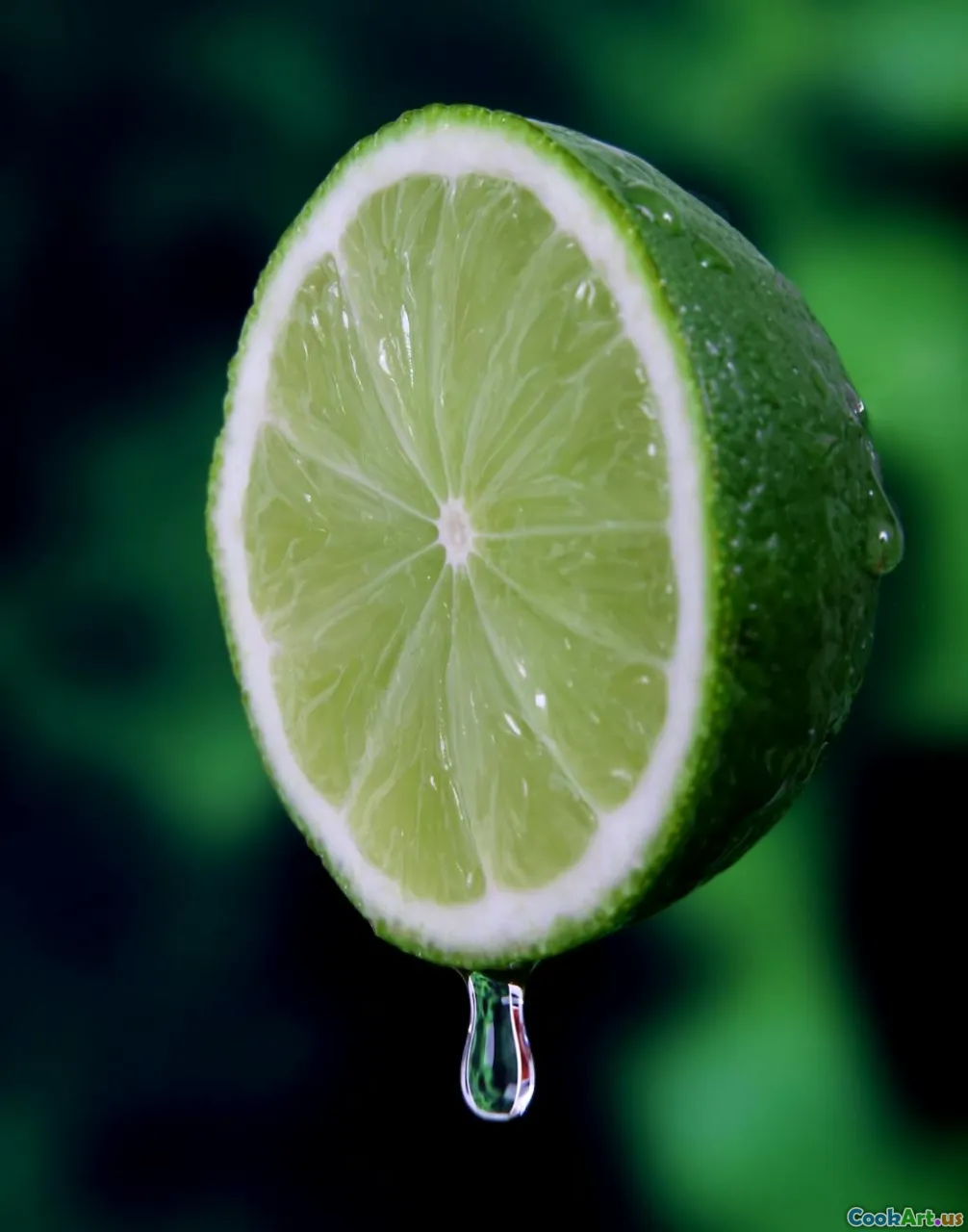Creative Uses for Citrus Zests and Juices
5 min read Discover innovative ways to incorporate citrus zests and juices into your culinary creations for vibrant flavors and aromas. April 09, 2025 13:00
Creative Uses for Citrus Zests and Juices
Citrus fruits—lemons, limes, oranges, and grapefruits—are not only refreshing additions to our diets, but their zests and juices also offer incredible versatility in the kitchen. From enhancing flavors to adding vibrant colors, the possibilities are nearly endless. Let’s explore some creative uses for citrus zests and juices that will elevate your cooking game.
1. Elevate Your Marinades
Citrus juice is a natural tenderizer for meats and seafood. The acidity breaks down proteins, making them more tender and flavorful. Consider adding orange juice to a marinade for chicken or lime juice for shrimp. Don’t forget to include the zest as it adds an aromatic punch that complements the acidity beautifully.
2. Baking Brilliance
Citrus zests can transform your baked goods. A tablespoon of lemon zest in your pound cake or orange zest in your muffins can impart a fresh, zesty aroma. Zests can also be candied and used as a decorative garnish or mixed into frostings for added flavor.
3. Refreshing Dressings and Sauces
Incorporate citrus juice into salad dressings for a bright, zesty kick. A simple vinaigrette made from lemon juice, olive oil, and Dijon mustard can elevate any salad. For sauces, try a citrus beurre blanc to drizzle over fish or chicken for an elegant touch.
4. Flavorful Infusions
Use citrus zests to infuse oils, vinegars, or spirits. For instance, steep lemon zest in olive oil or vinegar for a few days to create a homemade infused product that can be drizzled over salads or used in cooking. Citrus-infused vodka or gin adds a refreshing twist to cocktails.
5. Dessert Enhancements
Citrus juices and zests shine in desserts. Lemon juice can brighten up cheesecake, while orange zest can enhance the flavor of chocolate desserts. Try adding lime juice to your meringue for a tart contrast or use grapefruit zest in sorbets for a refreshing treat.
6. Savory Dishes
Citrus is not just for sweet dishes. Add lemon or lime zest to seafood dishes, or use orange juice in a savory sauce for duck or pork. The bright acidity balances rich flavors and adds depth to your dishes.
7. Preservation
Citrus juice can also act as a natural preservative. When tossed with fruits like apples or bananas, it helps prevent browning. Use lemon juice as a natural preservative in your homemade jams and jellies, enhancing flavor and shelf-life without artificial additives.
8. Cocktails and Beverages
Citrus juices are essential in mixology. A classic margarita relies on fresh lime juice, while a refreshing gin and tonic can be enhanced with a squeeze of lemon. Use zests as a garnish for a vibrant, aromatic finish.
9. Homemade Citrus Cleaner
Beyond the kitchen, citrus zests can be used to create a natural cleaner. Infuse vinegar with lemon peels for a powerful, fresh-smelling cleaning solution that cuts through grease and grime.
10. Cultural Dishes
Many cultures utilize citrus in unique ways. For example, in Latin American cuisines, citrus is key in ceviche, where the juice 'cooks' the fish. In Middle Eastern dishes, pomegranate and lemon juice are often combined to create bright, tangy flavors in salads and dips.
Conclusion
Citrus zests and juices are more than just flavor enhancers; they are a multi-faceted ingredient that can be used in various culinary applications from savory to sweet, and even beyond the kitchen. By incorporating these bright and zesty elements into your cooking repertoire, you can create dishes that are not only delicious but also vibrant and appealing. So next time you reach for a citrus fruit, remember the myriad of ways you can use its zest and juice to brighten up your culinary creations!









